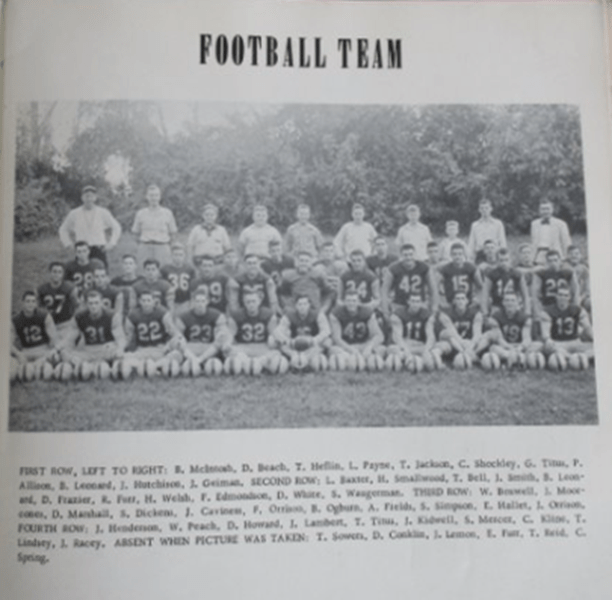The ice cold wind howls outside as students are led out of the building and into the parking lot surrounding the school. Inside, the hallways lie vacant, nothing but a putrid smell lingering in the air. “We are evacuating the school due to reports of a smell of gas,” the voice had said on the loudspeaker moments prior.
Murmurs and whispers of what could be going on float around as students wonder how they could be experiencing, yet again, another gas leak. During the previous school year, on January 30, the first gas leak evacuation in the school’s history was caused by a leak in the boiler room.
Restlessly, over 1,400 students wait outside in 39 degree weather, eager to go back to their classes. Staff pass around blankets and jackets to those wearing short sleeves.

Fire trucks flashing bright red lights park at the front of the school. Students and staff are asked to move further away from the school, a preventative measure to avert further emergencies.
To keep them from freezing, the evacuated groups by the athletics entrance are led back into the main gym, where they are asked to wait until the building is cleared to be let back into their classes.
At this point, students have become confused as to the real cause of the evacuation, and begin questioning what could have occurred.
It was soon discovered that the evacuation was not caused by a gas leak.
“When facilities arrived on scene, they determined that there was a backup in the sewage line,” school principal Michelle Luttrell said.
The backup, located by a boiler room near the choir room, led to a pungent smell that was reported by many students as a smell of gas. This led to facilities assuming that a gas leak was the cause of the unpleasant odor and taking fast action to evacuate the school.
When a gas leak occurs, a set procedure is put into place. First, a notification is sent to staff through the school’s Raptor system, alerting all of an evacuation.
“We have to call the Fire and Rescue and the Security Operations Center to let them know we’re evacuating,” Luttrell said.
Once an evacuation has been initiated, there are certain adults in the building that have specific roles to follow. Luttrell is the incident commander. All communication comes from her to parents and students from the division.
Facilities worked from around 1 p.m. to 11 p.m. to clear up the sewage lines located under the fine arts area of the school. Luttrell was told that school has done some work on campus with the trees, the debris from which ended up in the sewage lines running underground.
During her many years as principal, Luttrell has received news of strange things being flushed down the toilet, such as articles of clothing and apples. She inquired about reports from facilities to make sure objects such as these weren’t the cause for the backup, however, she has not received much information.
“We have contractors in our building almost daily, working on things that may need fixing,” Luttrell said. She emphasized the importance of customary practice for bathrooms in the future, asking students to keep problems like this from arising by not flushing abnormal objects down the toilet.
For the remainder of the school day, most bathrooms were shut down. Students and staff were only allowed to use the restrooms near the auxiliary gym as facilities continued to work on fixing the issue.
“Everyone was super cooperative and really flexible,” Luttrell said, emphasizing the swift conduction of the evacuation. “It went well.”




















